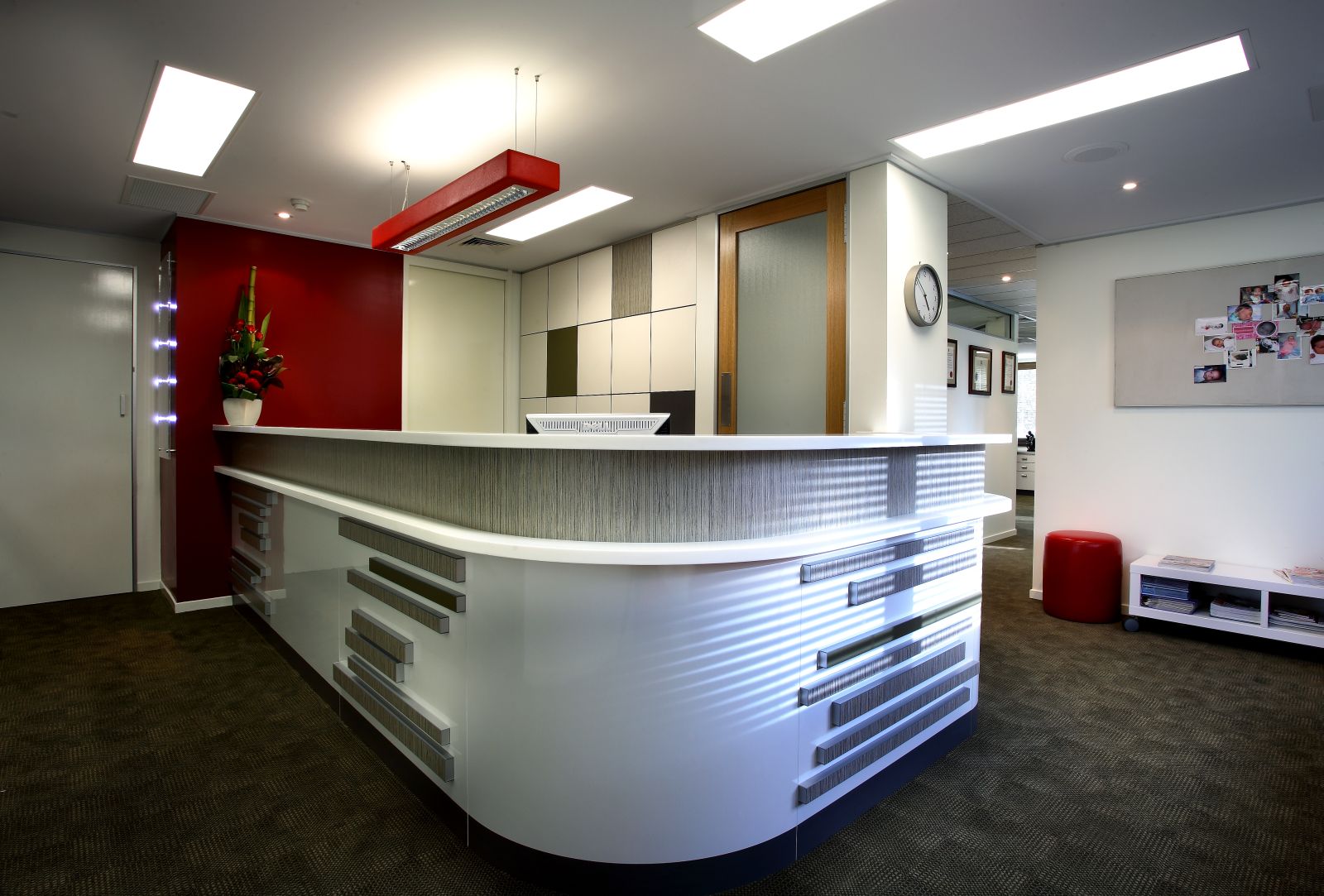By John Cameron
Director – John Cameron Architects Pty Ltd
Question:
Is it more sustainable for a company to build a brand new but eco-friendly office building, or to purchase an existing but not so eco-friendly property?
My Answer:
This is an apparently simple question that unfortunately requires a complex answer. Same deal for most of the questions being asked in the sustainability space. Unfortunately there are very few simple answers, but there are some simple principles, such as:
Thoroughly explore all options by taking an holistic view (breaking down the thought silos and compartmentalisation that tends to solve one problem by creating a myriad of others) – often achieved by using a multidisciplinary consultant team working to a client mandate to seek balanced triple bottom line outcomes.
Be conscious of regional context; social, climatic, economic, geographic etc., (one size does not fit all)
Adopt a long-term view and make decisions in a framework that not only benefits you now, but also accrues future benefits, (embed the ‘profit’ for all, rather than stealing it as in most speculative development models)
Make do with less and eliminate waste (reduce, recycle, re-use)
Be sceptical of ‘green’ claims unless backed by credible third party auditing (such as Ecospecifer)
I suggest the answers you seek are most likely to be found in ‘process’ rather than ‘product’, but in time the products of the right processes will be those that retain maximum value – they will be the self-evident best choice.
There are several well-known green building rating tools around, such as LEED (USA), BREEAM (UK), CASBEE (Japan) and GREEN STARS (Australia). These tools are scorecard driven and typically offer some form of marketable recognition in exchange for a fee.
Anything that helps to structure thinking and drive positive development actions is a good thing, but there is a danger that users fixate on their ‘score’, even manipulating their responses for a higher rating rather than genuinely understanding why that is ‘good’. Another potential pitfall with these schemes is their regional bias. One size does not fit all in the quest for Positive Development, so be careful when selecting a rating scheme that you check its validity for your regional context – climatic, cultural and social.





